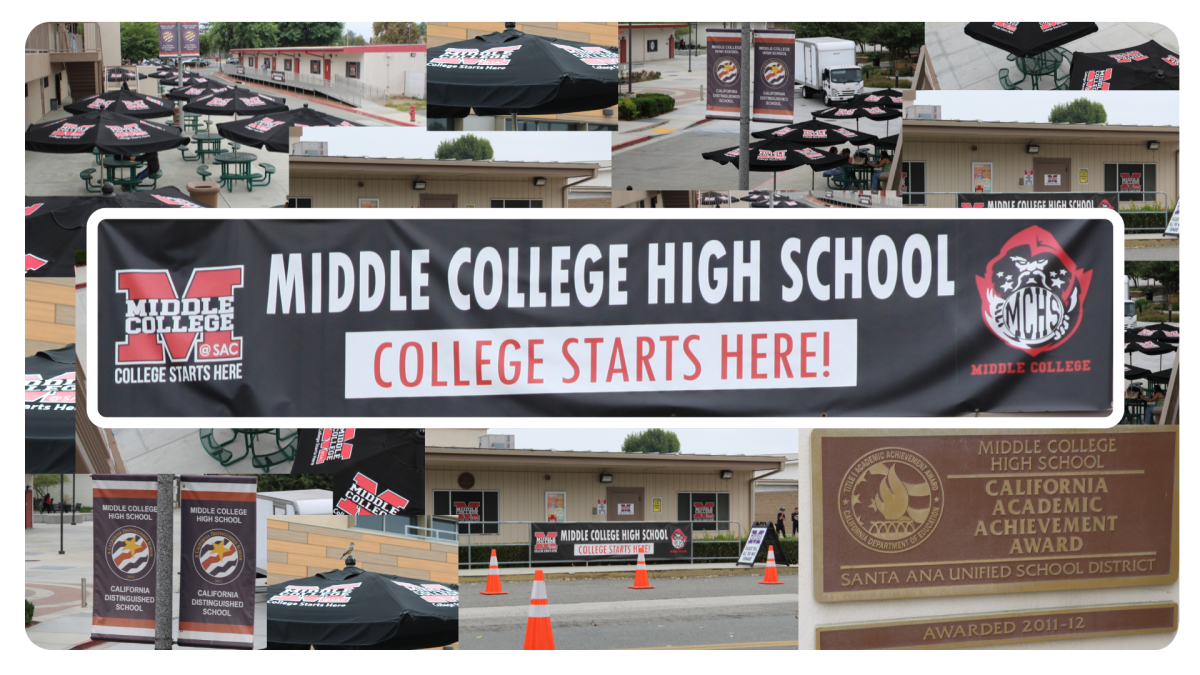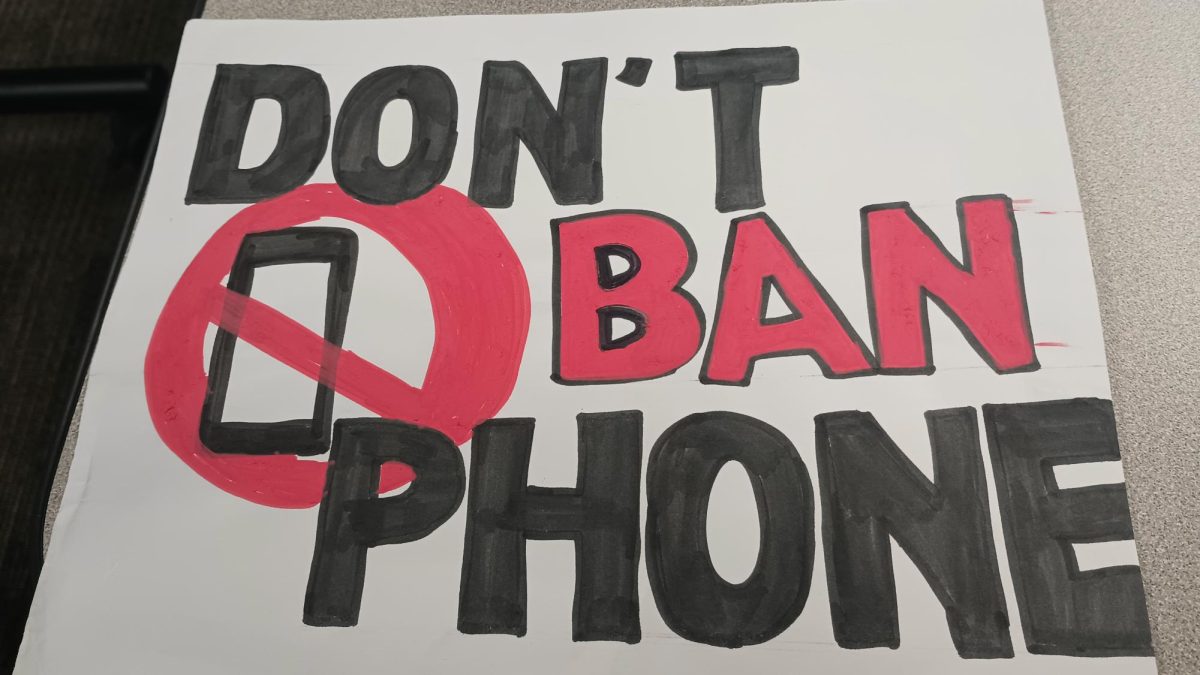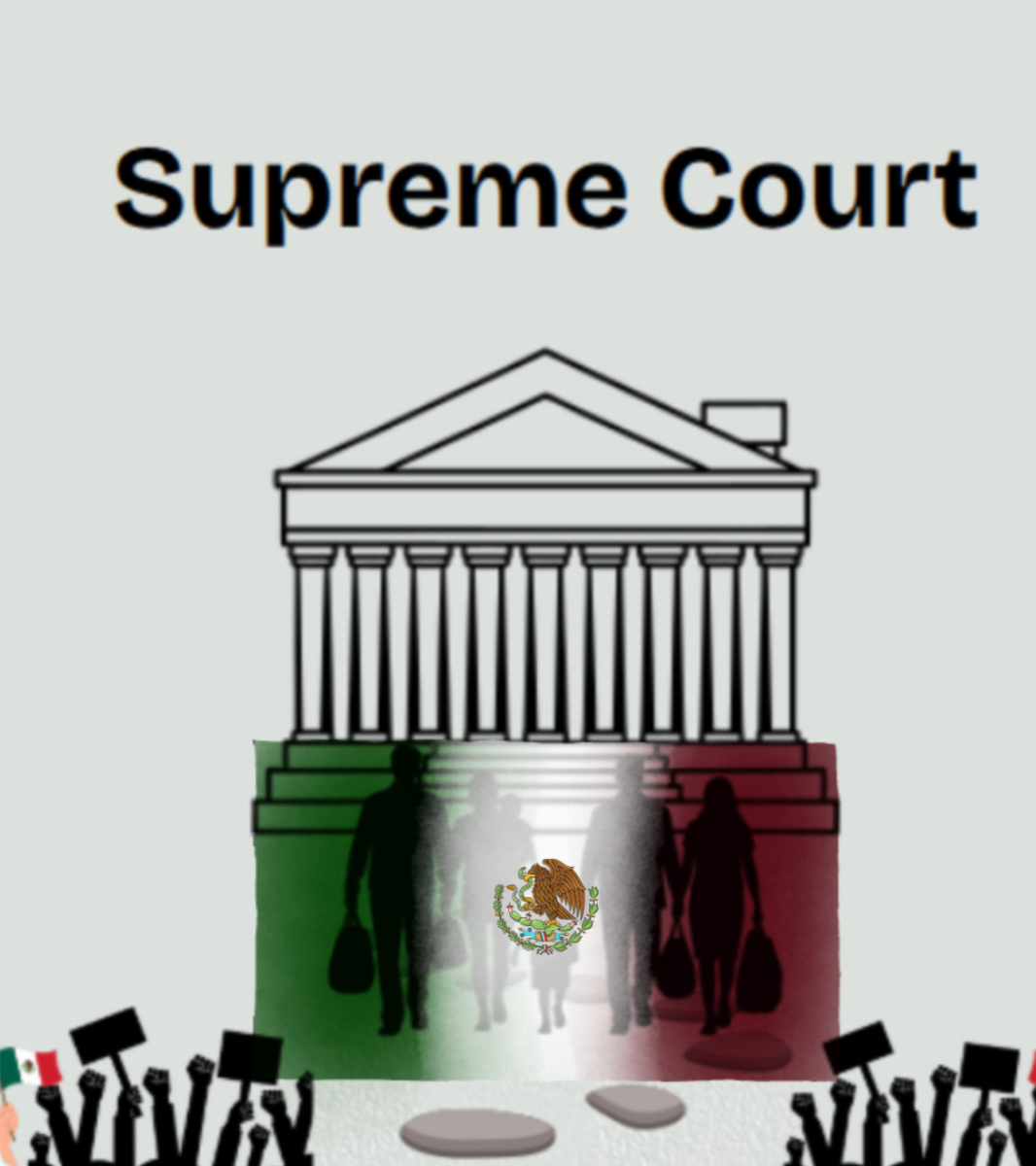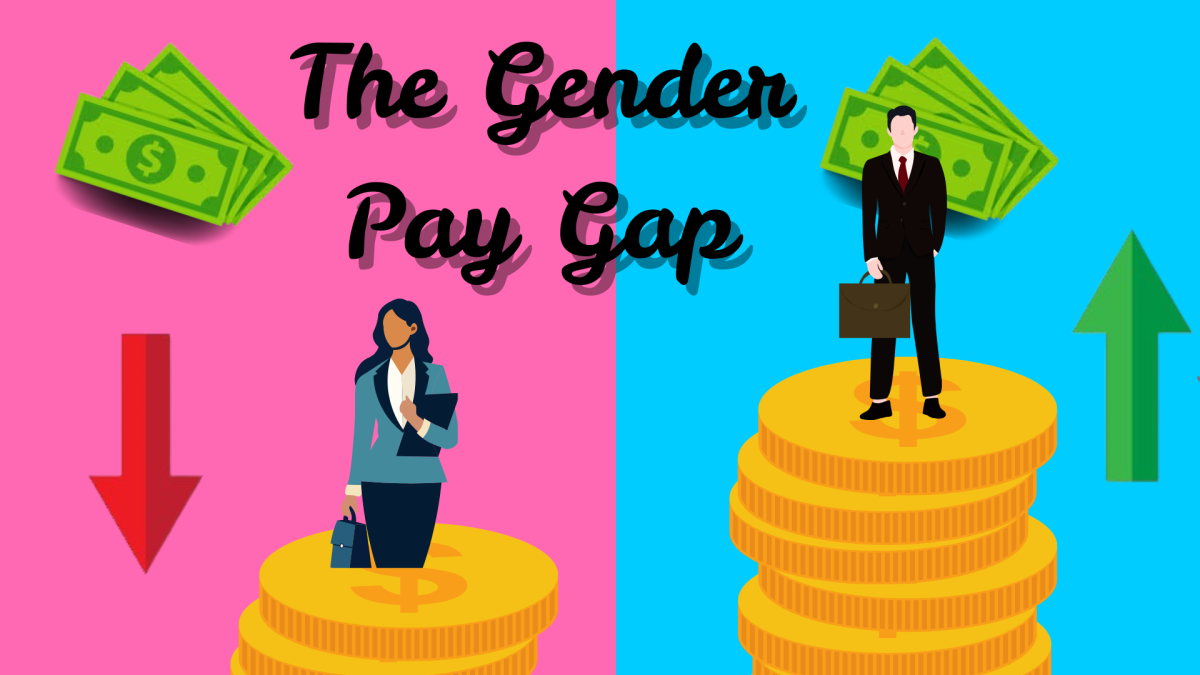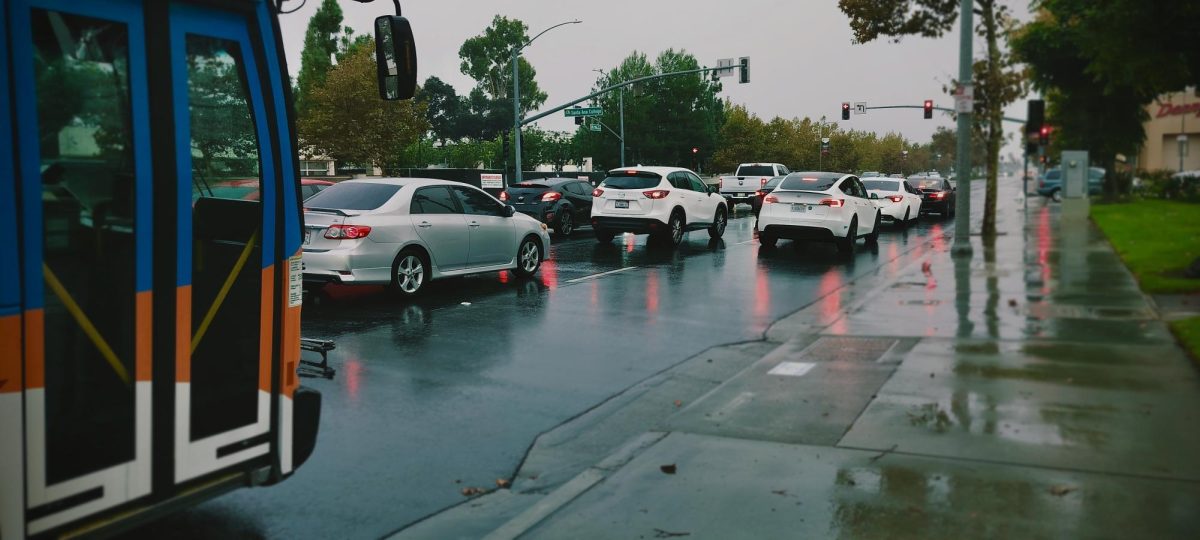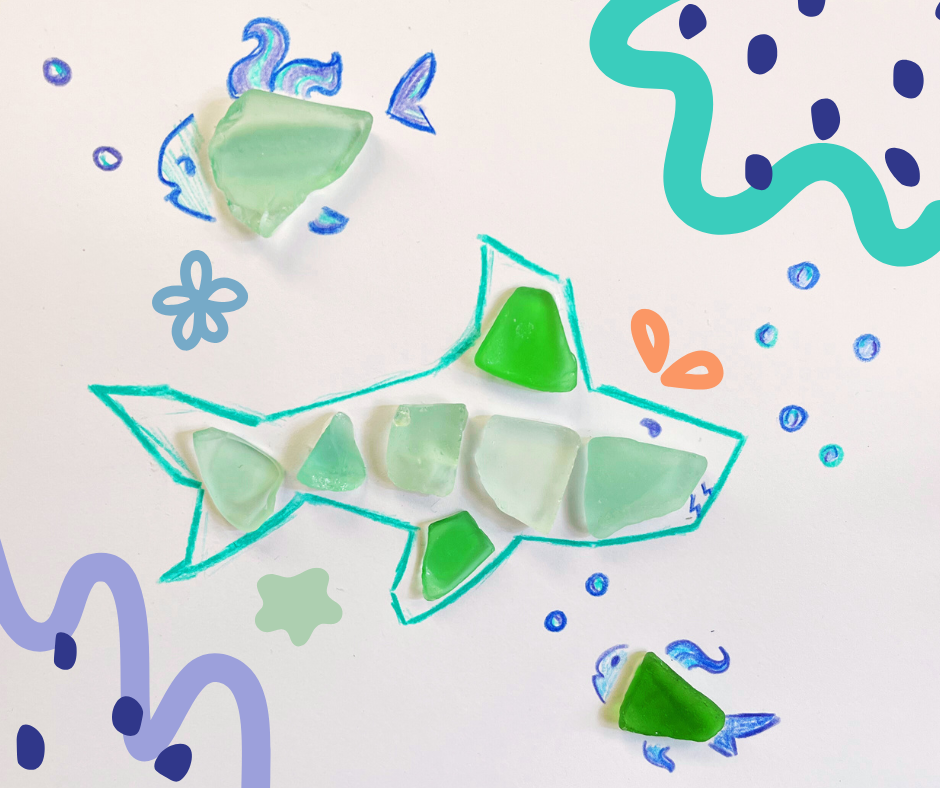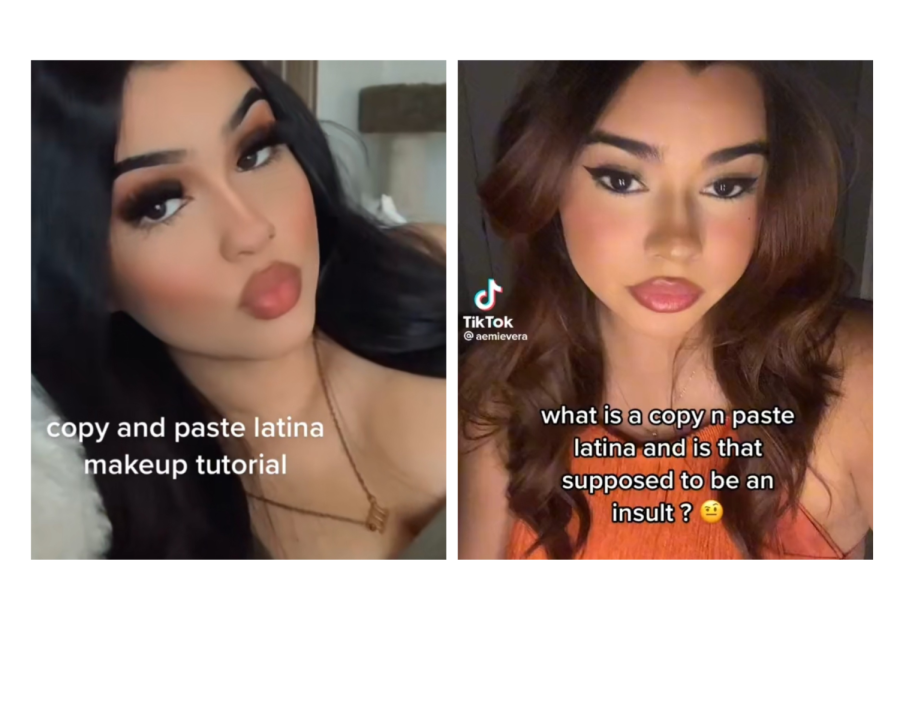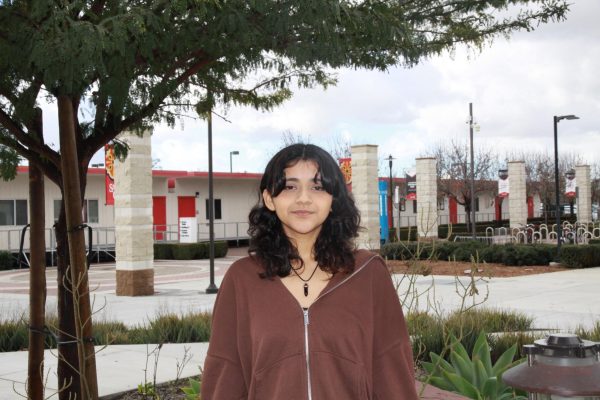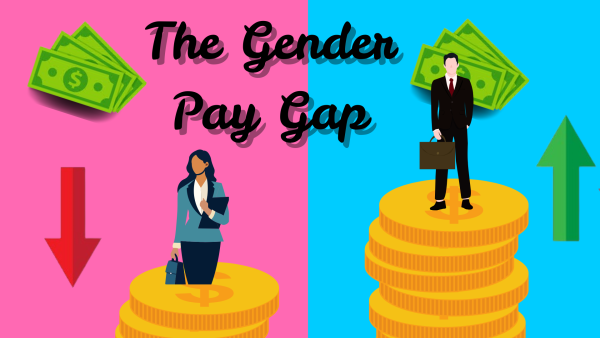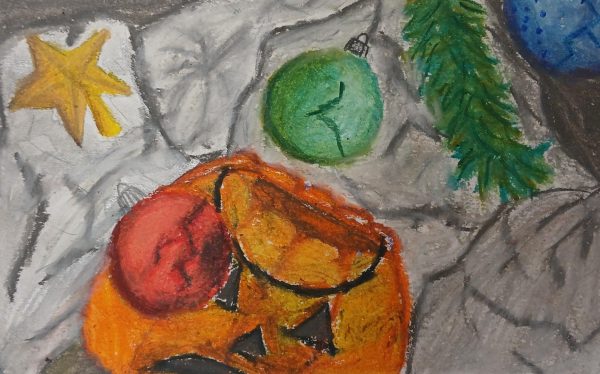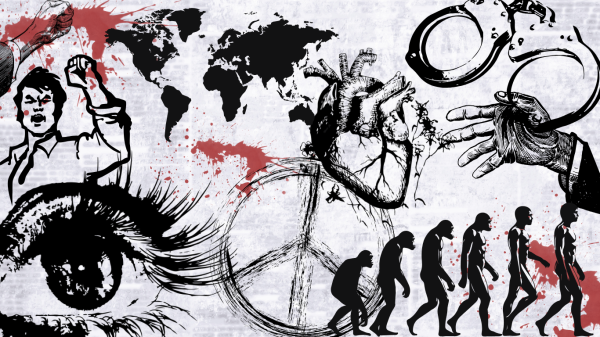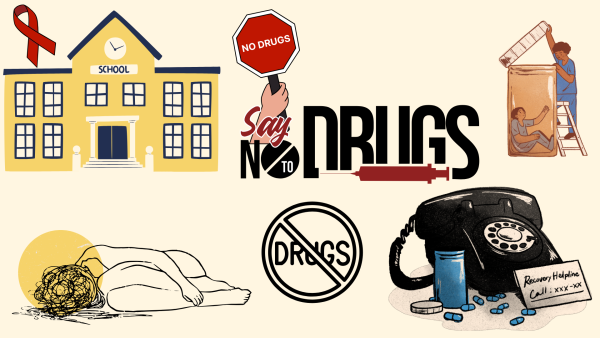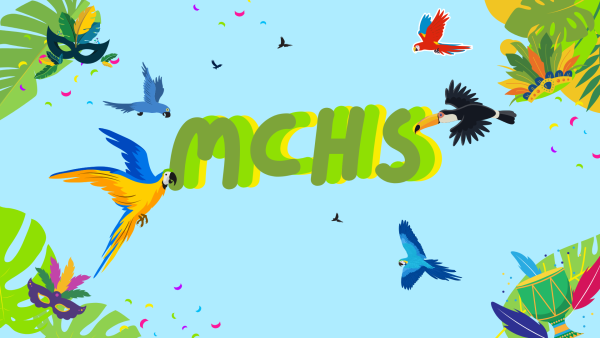Why the copy and paste Latina needs to stop
Ashley Santana (created with Canva)
Examples of mixed reactions to the copy and paste Latina trend. Tiktok//iih3artally (left) Tiktok//aemievera (right)
Picture this: long, dark, straight silky hair, a full face of natural makeup with big lashes, and gold jewelry to accentuate brown skin—this is the epitome of a copy-and-paste Latina. Despite its status as a trending topic, the copy and paste Latina label has a problematic impact.
Urban Dictionary defines a copy-paste Latina as “Latinas that usually have jet black straight hair and wear a full face of makeup with big lashes.” The trend originates from TikTok and was inspired by the appearance of Becky G. The term is defined as Latinas who look similar to Becky G in the sense of having Eurocentric features, long dark, straight hair, a full face of natural makeup with big false lashes, lined lips, and wearing gold jewelry to accent the brown skin. This is what would be considered the typical, “basic” Latina. The TikTok trend consists of Latinas who use the term in a way to compare themselves, saying things like, “being happy after finding out I’m a copy and paste Latina.” In addition to these, there have been TikToks on makeup tutorials on how to do your makeup like a copy and paste Latina and have been phrasing it as “how to turn into a copy and paste Latina.”
Senior Helena Urquiza said, “I think they take pride in being labeled as one because they’re all very pretty and they’re proud of knowing that they resemble the Chicana style.”
This trend and terminology might look harmless, and the content creators might claim that the label wasn’t meant in a bad way at all, but in reality, the term is more harmful than one might think. The term puts Latinas into a category and creates beauty standards for Latinas. With this label, Latinas feel the obligation of having to look a certain way to fit into the glamorous looks.
A TikTok user with the username @sianha.arie posted a video in which she says, “In Latino communities, those of us who don’t have straight hair or Eurocentric features are often made to feel like we are less than by other people in the community and often times our own family members. This trend reinforces the idea that a Latina can only look like one thing…we are a diverse and beautiful community, and we deserve to be seen and treated as such.”
What does the label imply? That Latinas are so similar in appearance, they can easily be recreated with a makeup look? That they can be “copied” and “pasted”?
Urquiza said, “I think it can be problematic in the way that people use it. For example, some girls are taking it as a compliment because the girls all look really pretty while some guys use it as an insult and say that a girl is ‘just another copy-and-paste Latina.’”
Although it has not been said, the creation of this term has categorized and generalized that Latinas look the same. When in fact, it is not close to the truth. As pointed out by Sofia Aguilar in “The Copy-Paste Latina TikTok Trend Excludes Black and Indigenous Latinas”, it’s easy to write it off as just “a make-up look”, but in reality, this term belittles Latinas by putting them in a category and saying they all look the same. This term only talks about a certain type of Latina, with certain features such as long black straight hair, excluding Latinas that are mixed or with different features that don’t qualify them as a ‘copy-paste Latina.’
Some might argue that the label is harmless and that there isn’t anything else to it but by simply partaking in the trend, they reinforce stereotypes. It’s simply best to stay away from any problematic label. What seems like an innocent makeup tutorial turns into the beauty standard for Latinas. I think the fact that a good amount of people have even had to question if the label was supposed to be an insult or compliment answers the question of whether or not to use it.


